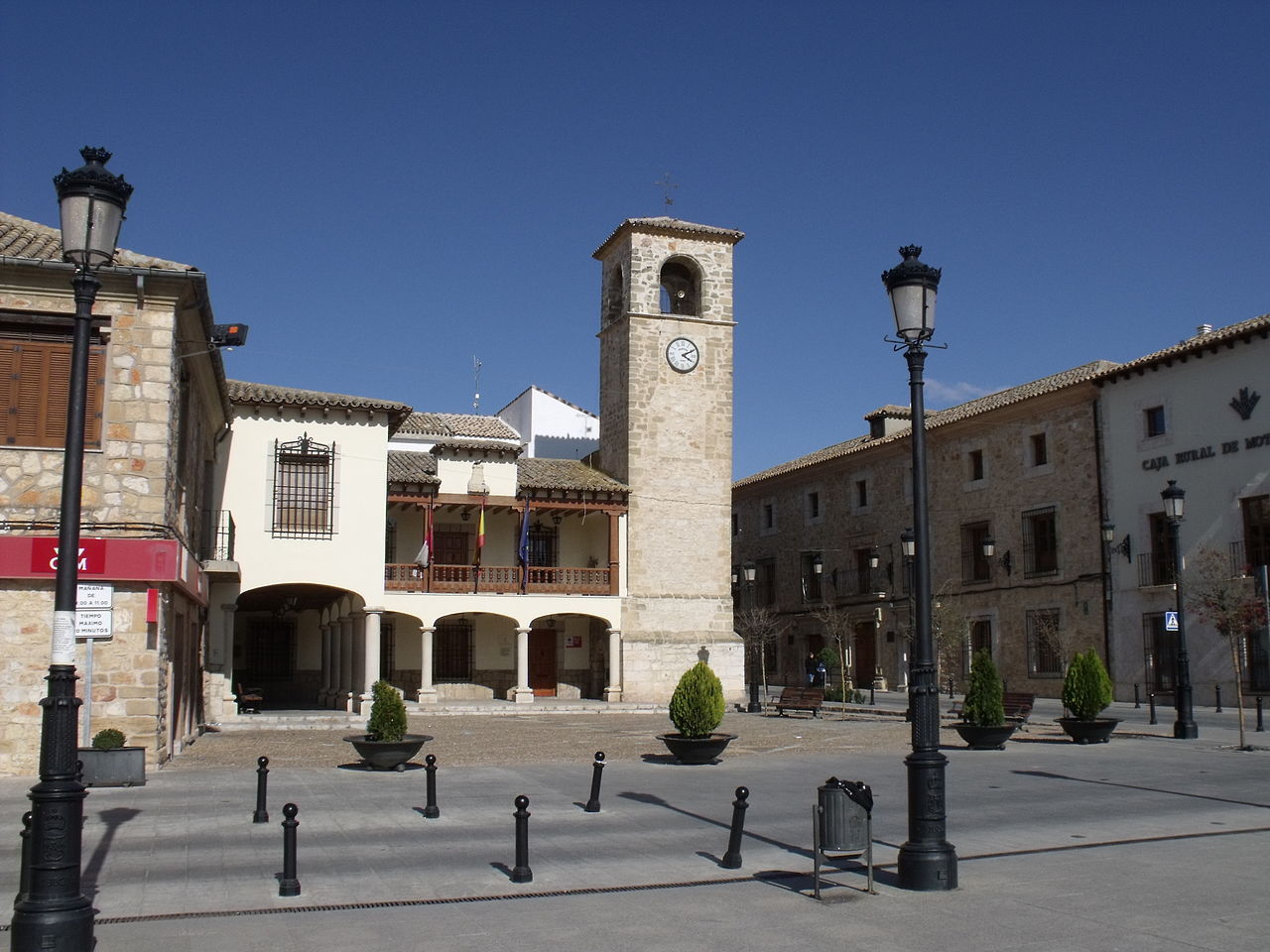
Plaza Mayor of Mota del Cuervo
Mota del Cuervo is known as "The balcony of La Mancha" both for being in that Castilian region and for the great plains that can be seen from it. However, on its north face are the last elevations of the Altomira mountain range, in an area where the traditional La Mancha mills that have been rebuilt still exist.
Belonging to the province of Cuenca and inhabited since Bronze Age, Mota del Cuervo has an excellent monumental heritage and also magnificent landscapes. Outstanding among these are those that make up its lagoons, included together in the category of Biosphere Reserve by UNESCO. If you fancy a visit to Mota del Cuervo, follow us.
What to see and do in Mota del Cuervo
The La Mancha town has religious and civil monuments and even an interesting industrial heritage. As if this were not enough, it is integrated into the Don Quixote route, which passes through the towns of La Mancha present in the immortal work of Cervantes.
Plaza Mayor
It is the nerve center of Mota del Cuervo, where the Town hall, located in a former Franciscan convent, and also several of the most beautiful stately mansions that the town of La Mancha has, almost all of them built in the XNUMXth and XNUMXth centuries. Formerly it was called Plaza del Toril or Coso because bullfights were held there.
Church of San Miguel Arcángel
Built between the XNUMXth and XNUMXth centuries, it is a temple with three naves with an apse at the head and a choir at the feet topped by a rectangular tower. Its two doors stand out. The one in the north is in style plateresque, while that of the south or of the Sun has elements Herrerians and is framed by a parapet. For a few years, the church has the category of A Cultural.
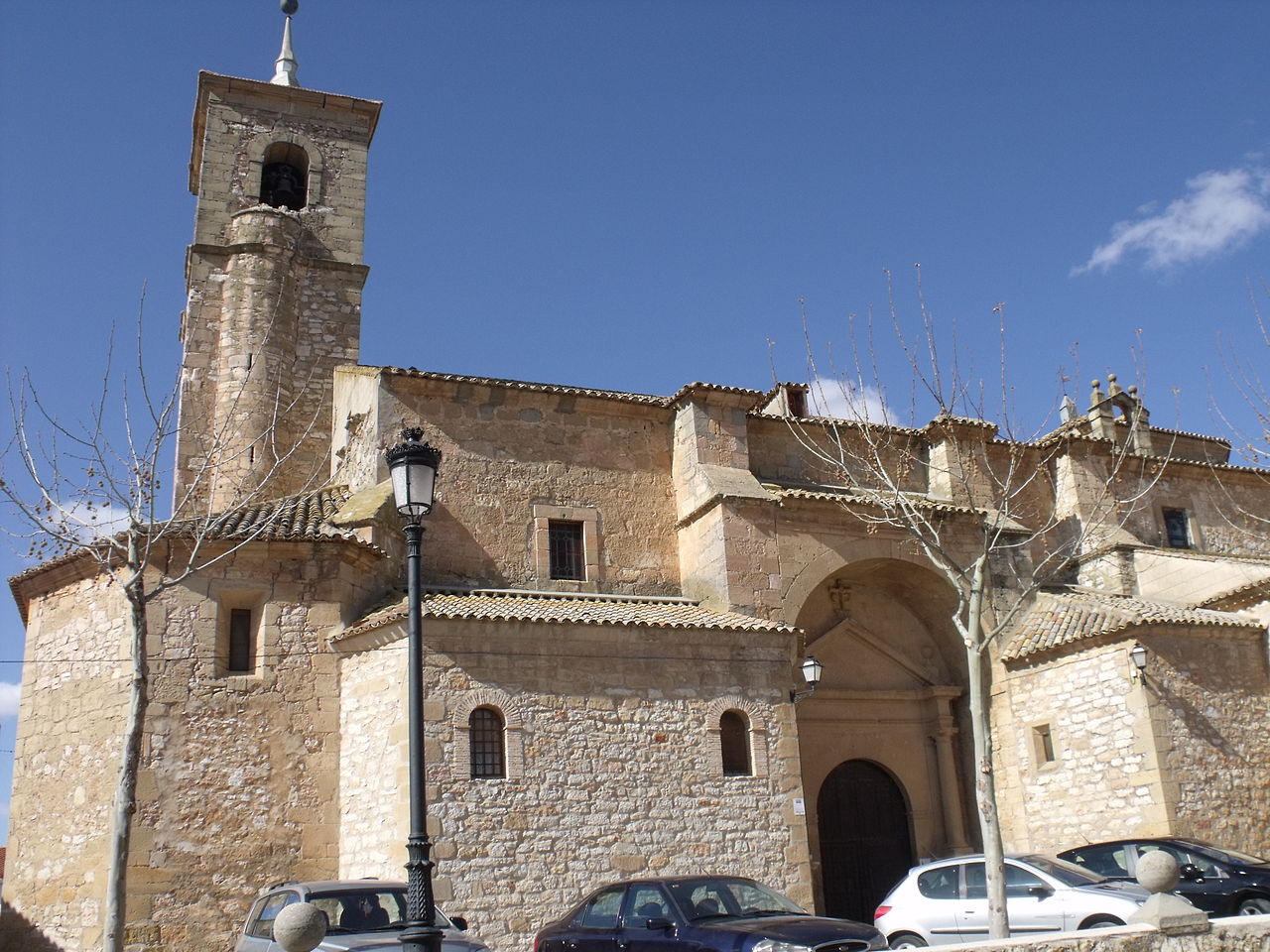
Church of San Miguel Arcángel
The hermitages, a great heritage of Mota del Cuervo
One of the great heritage values of the Cuenca town is the set of hermitages that it has. You can visit in it the one of San Sebastián, of Renaissance style; that of Santa Ana, with its half-orange dome; that of Santa Rita, with its wide cover, or that of Our Lady of the Valley.
However, perhaps the most important of all is the Hermitage of Our Lady of Manjavacas, built according to neoclassical canons, although its decoration is baroque. But, above all, it is important because it houses the image of Our Lady of Manjavacas, whose festivity, at the beginning of August, has been declared of National Tourist Interest.
Convent of the Trinitarians
Although it receives this name and some sources say that Cervantes stayed in it for a time, the current investigation indicates that it would be a hospital to house mendicant friars. It was built between the XNUMXth and XNUMXth centuries and has a rectangular floor plan, two levels and a tower on the façade.
Stately homes
As we told you, there are many stately homes scattered around the streets of Mota del Cuervo. Some of them are House of the Counts of Campillos y that of fray Alonso Cano, both located on Calle Mayor Baja.
Poor Hospital
Its existence in the XNUMXth century as property of the Order of Santiago. Rectangular and two-storey, its door is lintelled and has a half-orange dome with a lantern. Also, inside you can see a beautiful renaissance chapel.
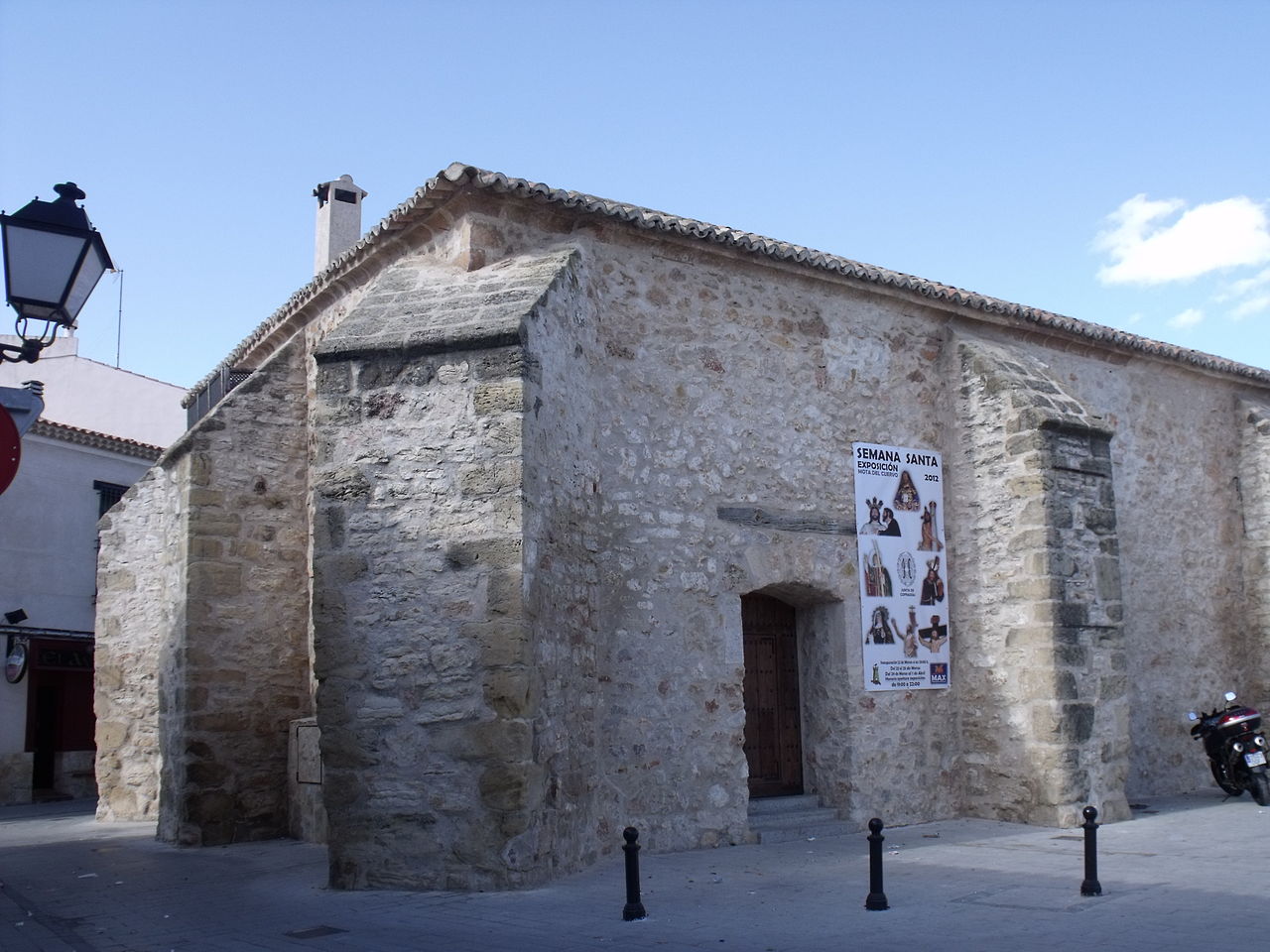
The Tercia
The Tercia
It is an exempt construction from the 1999th century that was used to store the wheat collected as a tithe from the farmers. Its factory is made of masonry with ashlars in the corners and a hipped roof. Since XNUMX it is A Cultural.
The Cantarerías neighborhood
Mota del Cuervo has had an important ceramic tradition and this neighborhood was its nerve center. It is probably of Mudejar origin and today you can visit the Green Cross square, where you will find the only potter kiln that is preserved and also a monument to the Cantarera.
The mills, symbol of Mota del Cuervo
In the hills of the northern part of the town of Cuenca you can see its most prominent symbols: the traditional windmills, so characteristic of La Mancha. Currently, only one original remains, the one with the Lefty, which has been restored. However, there are others of recent construction for which primitive architecture has been scrupulously respected.
The lagoons, a natural wonder of Mota del Cuervo
We have already told you about the set of lagoons that you can see in the surroundings of Mota del Cuervo. Declared Biosphere ReserveThey are areas of special protection for birds and refuge for fauna, as well as an area of enormous ecological importance. Among these wetlands are manjavacas, artichoke, Sanchez Gomez, Navaltongue, The Dehesilla y Melgarejo.
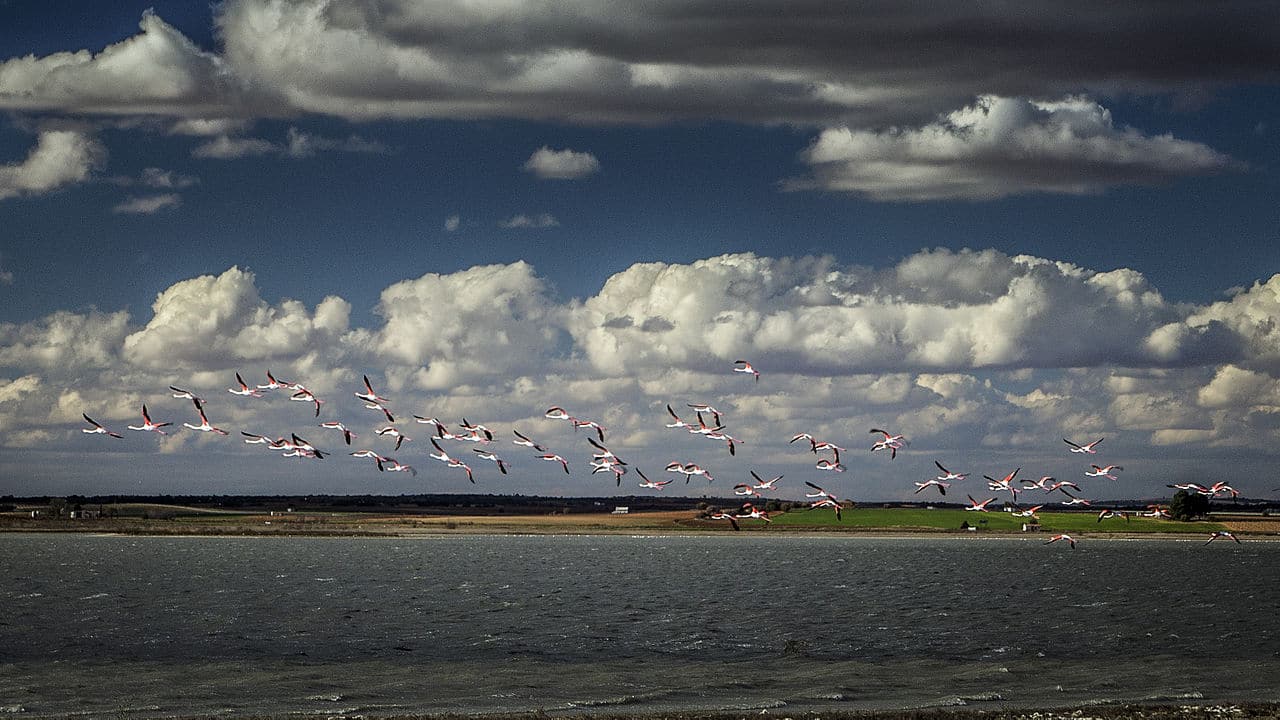
Manjavacas Lagoon
What to eat in Mota del Cuervo
You cannot leave the town of La Mancha without trying its tasty cuisine. As in all of La Mancha, legumes and vegetables predominate, but also game, pork and lamb, as well as river fish.
Typical dishes that you will love are the slaughter porridge; the pisto and the gazpacho manchegos; the mortar, which has breadcrumbs, pork liver and spices, or the get wet, which is prepared with tuna, tomato, onion, hard-boiled egg, olive oil and olives.
The Lamb stew. And, as for fish, trout or Ajoarriero, which is a cod puree with potatoes, garlic, oil and, in some cases, walnuts.
Regarding the sweet, we advise you the delicious cinnamon shortbreads; The sandraja, a bun dipped in olive oil, and the mustard with syrup, which is similar in texture to quince. And, to finish your meal, you can have some I resolved, a liqueur that contains brandy, coffee, sugar, orange peel and cinnamon.
When is it better to go to Mota del Cuervo
The town of Cuenca has a climate of extremes. Winters are quite cold and summers are hot. Temperatures can fluctuate throughout the year between zero and thirty-five degrees. For all this, perhaps the most pleasant time for you to visit is spring.
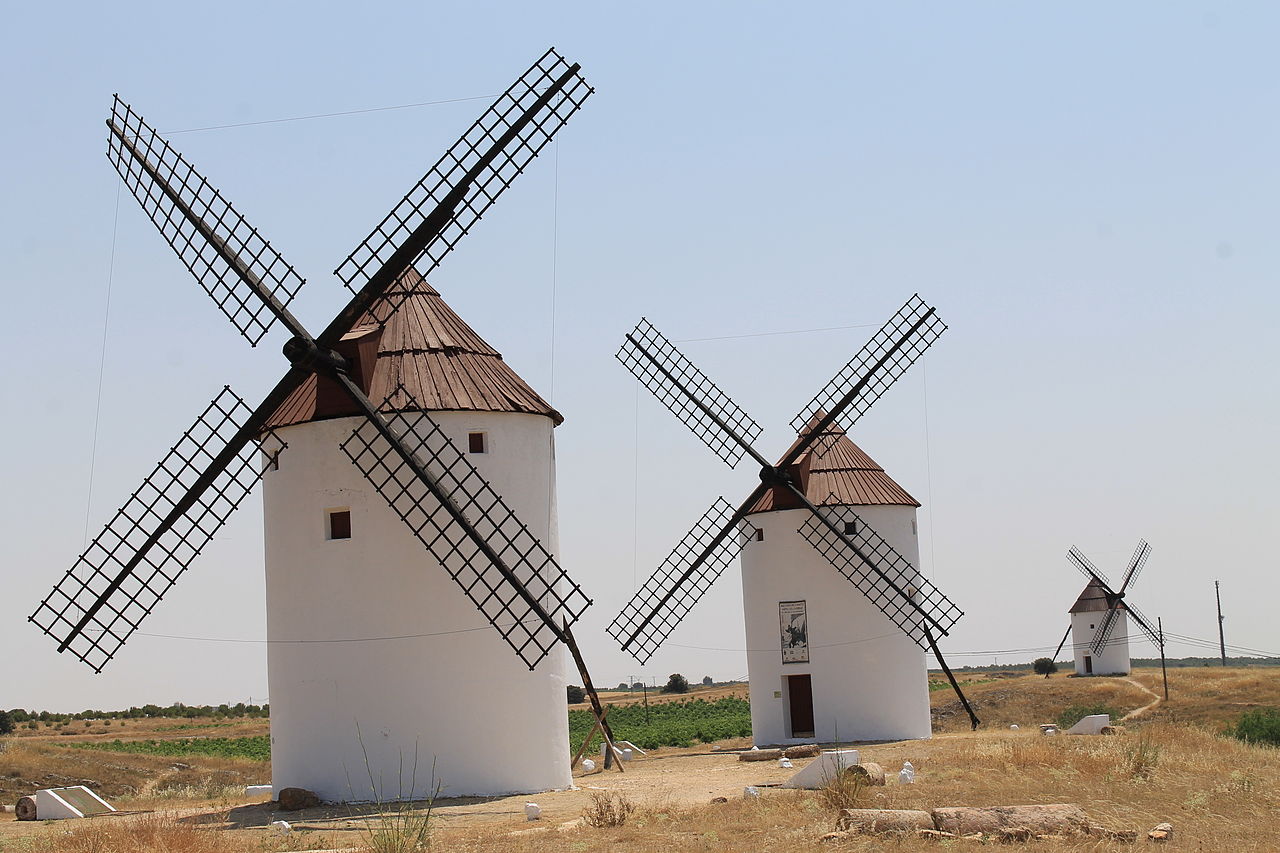
Windmills
However, if you like traditions, go to the beginning of August, when the festivals around Our Lady of Manjavacas, of which we have already told you. There are pilgrimages, processions and a lot of animation.
How to get to Mota del Cuervo
You can travel to the La Mancha village in bus, both from Madrid and from Alcazar of San Juan. You also have ferrocarril until this last locality. But, if you prefer to travel in your own car, you are interested to know that Mota del Cuervo is an important road junction. The best ones to reach her are the N-420 and N-301. You also have the highway AP 36 but it is toll.
In conclusion, Mota del Cuervo is one of the most beautiful towns in La Mancha Cuenca. Integrated into the Don Quixote Route, it has a good monumental heritage and extraordinary surroundings. If you add excellent cuisine to this, you have the perfect cocktail to encourage you to visit it.